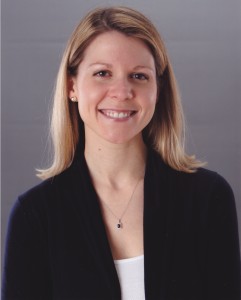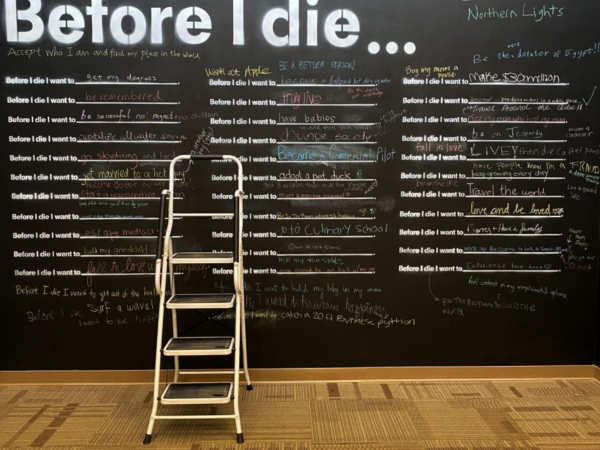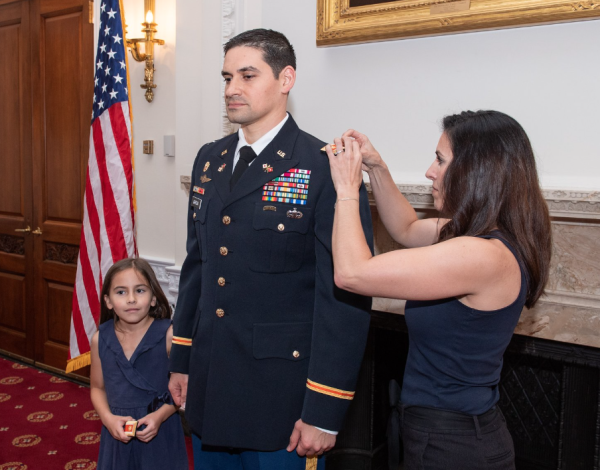Fostering a diverse student body
Dr. Jessica Good stressed importance of embracing diversity, differences

Dr. Jessica Good addressed her alma mater on Friday, April 1. Photo courtesy of Jessica Good.
April 4, 2016
Colleges and universities across the nation are actively recruiting a more diverse student body, but there are differing opinions as to how to foster such an environment.
According to Dr. Jessica Good, Assistant Professor of Psychology at Davidson College, it’s better to embrace our differences rather than hide them.
Good addressed her alma mater on Friday afternoon with her lecture, Framing Diversity: Emphasize Similarity or Embrace Difference?.
While at W&L, Good majored in psychology with a concentration in women and gender studies. She is the only student in the history of the psychology program to have written a Junior and Senior Thesis.
Good’s research is aimed at stereotyping and discrimination, and she has recently been focusing on diversity at universities.
There are two commonly used methods to address diversity: color-blindness and multiculturalism.
Color-blindness minimizes the existence and significance of race by stressing commonalities among individuals. This idea is often expressed when people say they “don’t see race.”
Multiculturalism, in an opposite fashion, emphasizes the uniqueness between individuals and values group differences. Good argues that it is Multiculturalism, not color-blindness, that stands the best chance of creating a diverse community.
Society holds colorblindness in a positive light, but Good urged her listeners to think twice.
There are four major issues with color-blindness, she explained.
First, it is not practical. “We can’t actually be blind to a person’s social group,” said Good. It is neither true, nor does it work, she argued.
The worst part, Good said, is that color-blindness denies an individual or a group their culture and history.
The majority of higher-level educational institutions have adopted diversity policies, including W&L.
As of 2014, W&L’s student body was 83 percent White. The second most represented ethnicity was Asian, at 3.74 percent.
W&L published a Statement of Commitment to Diversity in 2001.
“To that end,” the statement reads, “Washington and Lee University commits itself to the recruitment and retention of a broad, inclusive student body, faculty and administration who represent a wide range of interests, abilities and cultures – a diverse array of talent.”
Good described W&L’s message to be mainly in line with multiculturalism, but it had hints of color-blindness. This mix is found in the majority of collegiate messages.
In her own research, Good has found that 25 percent of these diversity statements are written in a color-blindness style. Though the number is low, it is still too high, in her opinion.
Her studies have also revealed that it is women who are more sensitive to issues of diversity than are men.
We can’t continue to implement color-blindness as a society, said Good.
“Color-blindness holds everyone to a white middle-class male’s standard,” she said.












